1. What is a water pump? Applications of water pumps
A water pump is an important device used for transporting water from one place to another, increasing pressure in pipes, and pumping water from wells or underground water tanks to higher positions. Water pumps are widely used in households, companies, factories, and industrial areas.

Applications of water pumps
Water pumps are widely used in various industries, agriculture, factories, households, and more. Here are some of the applications of water pumps:
- Submersible pumps: used for pumping mud or wastewater in construction and wastewater treatment tanks.
- Increasing pipeline pressure, especially in high-rise buildings.
- Water supply pumps: commonly used for domestic water supply and circulating water between tanks.
- Fire pumps: used for fire prevention.
- Booster pumps: used to boost pressure in water systems when there is a loss of pressure.
There are many types of water pumps available on the market, each with different capacities and uses, allowing users to choose the appropriate pump based on their needs.

2. Types of water pumps
Boosting pump
A boosting pump is used to increase the pressure in pipelines, allowing water to flow faster. It is commonly used in high-rise buildings or areas with weak water sources. There are different types of boosting pumps available:
– Modular boosting pumps
– Variable frequency boosting pumps
– Electronic boosting pumps
– Mechanical boosting pumps
Among these, variable frequency boosting pumps are widely used and feature the most modern technology. The boosting pump automatically adjusts the pressure in the pipeline, causing pressure differences at different positions. When the pressure drops, the pump operates and turns off when the pressure rises.
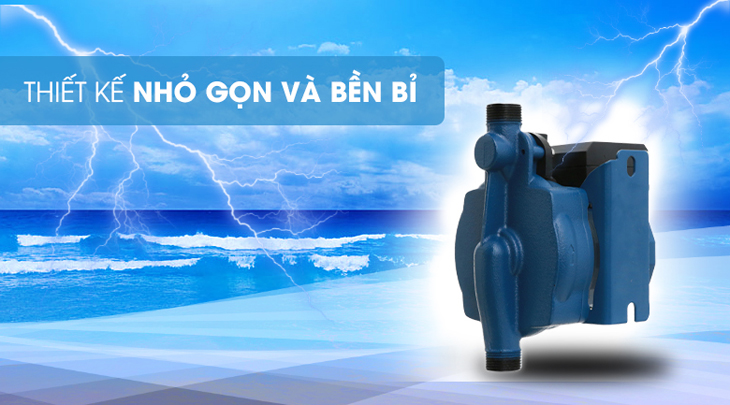
High lift pump
A high lift pump is suitable for production, irrigation, and high-rise buildings. It includes three main types:
– Vacuum pump: a small-sized pump capable of pumping water from underground tanks or deep pipelines using strong vacuum power. However, it has low suction flow and may produce noise.
– Semi-vacuum pump: a version of the centrifugal pump that can suck air and liquid. It has strong suction power but also produces noise.
– Centrifugal pump: operates on the principle of centrifugal force, throwing water out at the pump blade’s edge. It is mainly used in refrigeration systems, fire pumps, and irrigation. Centrifugal pumps have high pumping ability but cannot be used with water mixed with air.
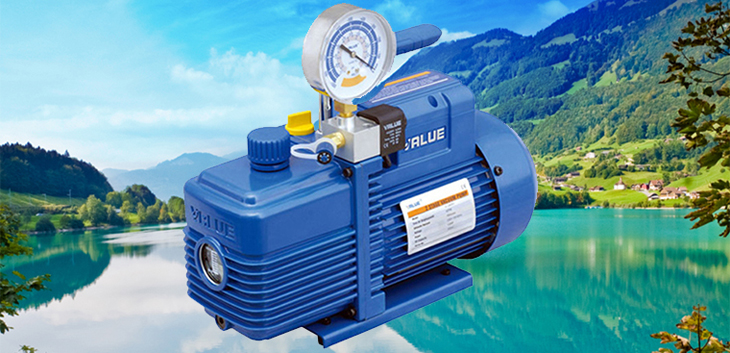

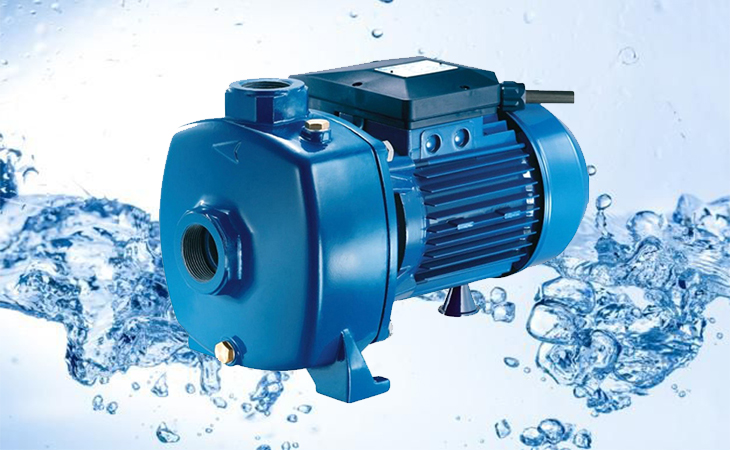
3. Causes and solutions for the pump not pumping water
When a water pump fails to pump water, there can be several reasons. Here are the causes and their corresponding solutions:
The suction pipe is broken, causing air to enter
This issue may arise from improper joint connection during pipe installation or pipe rupture due to long-term use. The suction pipe may also be open due to a damaged seal or oxidized spring.
Solution:
Check the pipe for punctures, openings at the joints, or damaged seals and springs. Replace any damaged components.

No priming water
The absence of priming water can cause the pump to fail pumping water. This can happen when the pump chamber is empty or runs out of water for priming.
Solution:
Check the water level in the pump chamber and supply water if it is empty. Do not operate the pump when the priming water is depleted.
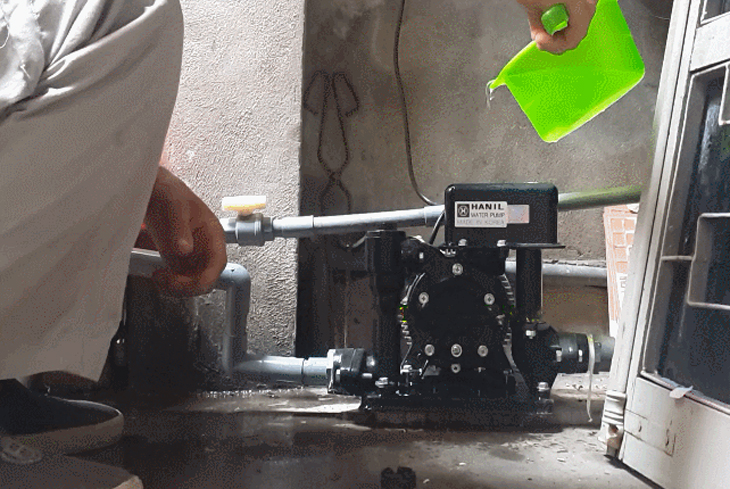
One-way valve of the suction pipe is not tight or the pump impeller is damaged or ineffective
A loose one-way valve or a damaged/ineffective pump impeller can prevent water from being pumped. This may require re-priming the water after each use, as the pipe does not seal properly and fails to retain water in the pump chamber.
Solution:
Check the one-way valve for damage and replace it if necessary. Replace the impeller if it is damaged.
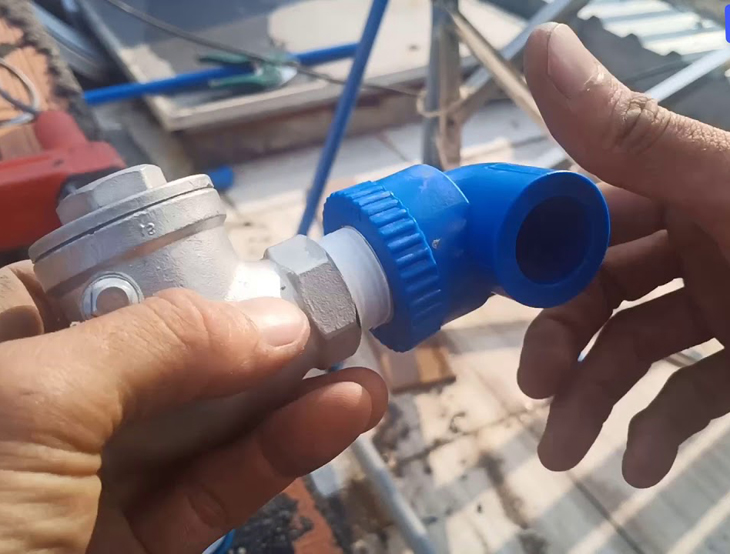
Reverse installation of the pump
Incorrectly installing the pump, particularly reversing the suction and discharge ends, can result in the pump failing to pump water.
Solution:
If unsure about the installation process, seek assistance from the technical department or installation staff at the store where the pump was purchased.
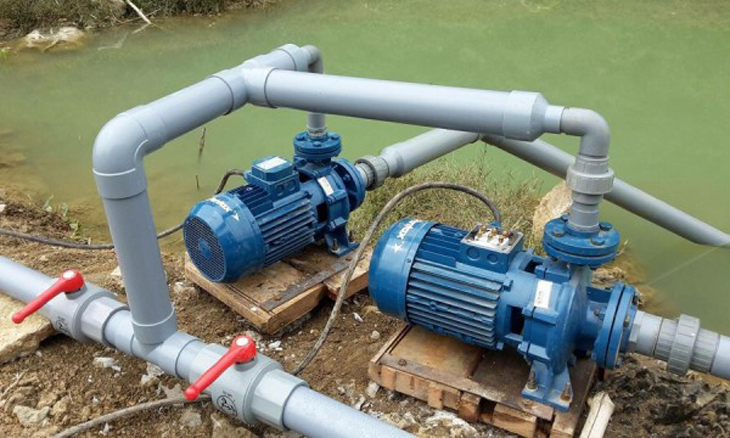
Incorrect or improperly arranged pipeline
Using the wrong size or diameter of the pipeline that does not match the pump’s suction and discharge can cause air gaps in the pipeline, known as air entrainment.
Solution:
Purchase a new pipeline with the correct size and radius suitable for the pump’s suction and discharge.
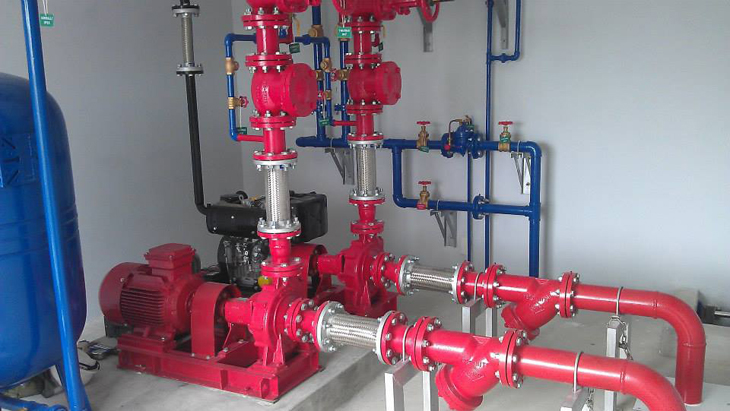
Blocked in a certain position in the pump system
A blockage in the pump system can prevent water from being pumped. This can occur if debris such as rotten wood or leaves block the suction valve and impeller, hindering their normal rotation.
Solution:
Remove and check the valves and impeller of the pump. Clean the entire machine to eliminate any debris.
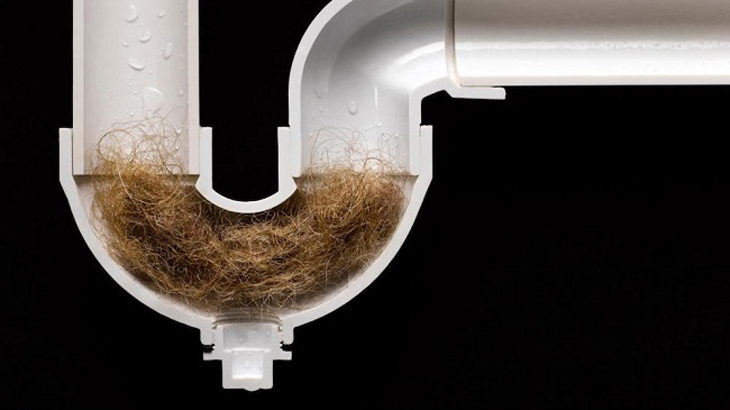
The incoming power supply for the pump is not suitable or too weak
The pump may fail to pump water if the voltage of the power supply does not match the pump’s requirements or if the power supply is too weak to operate the pump effectively.
Solution:
Ensure that the power supply voltage matches the requirements of the pump. Install an additional voltage cabinet if needed. Avoid using the water pump during peak hours to prevent weak power supply and to protect the pump’s durability.
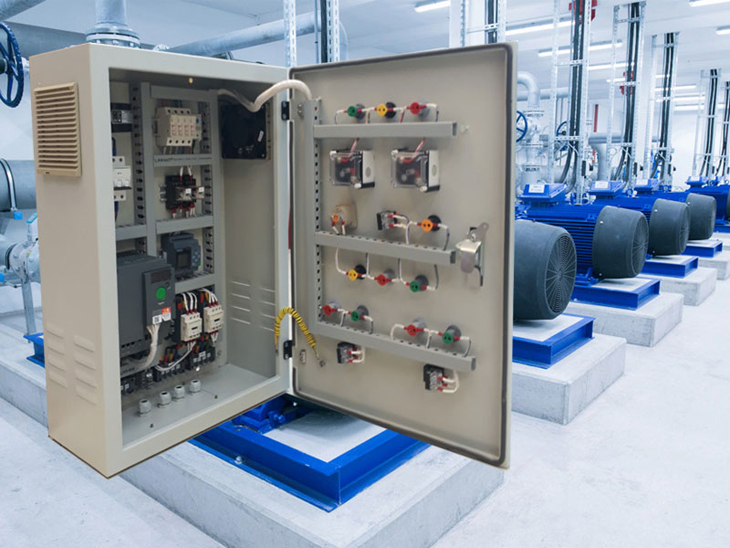
Not using the correct pumping medium
Using an incorrect pumping medium can easily prevent the pump from pumping water. Liquids with high viscosity beyond the pump’s specifications can cause corrosion of the pump’s materials.
Solution:
Understand the types of liquids to be pumped in order to choose a suitable pump and avoid pumping concentrated solutions such as sludge or slurry.

Air entrainment phenomenon or water level is too deep
The air entrainment phenomenon occurs when the pump operates in an environment with excessively high suction pressure or uneven pressure distribution in the pipeline, causing water to evaporate during pumping. This is similar to the situation of the water level being too deep.
Solution:
Regularly check and monitor the pump to prevent these situations.

We hope this article has helped you understand the causes of a pump not pumping water and how to fix the issue. If you have any questions, please leave a comment below!

































